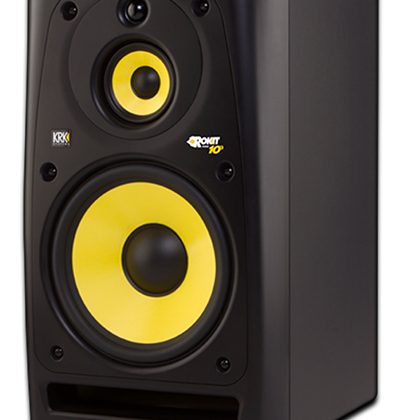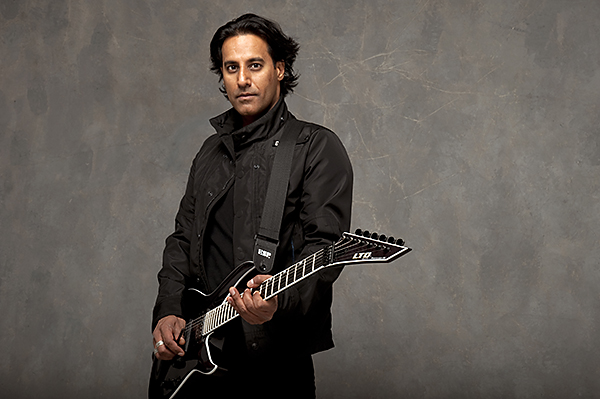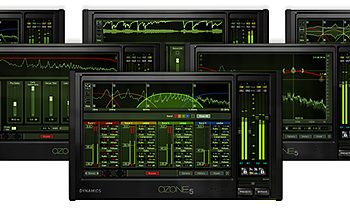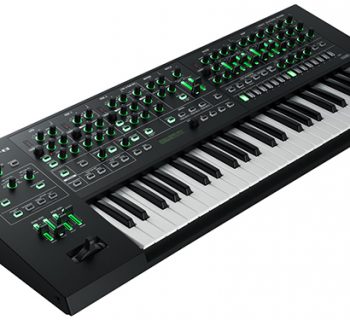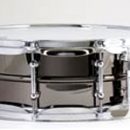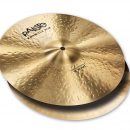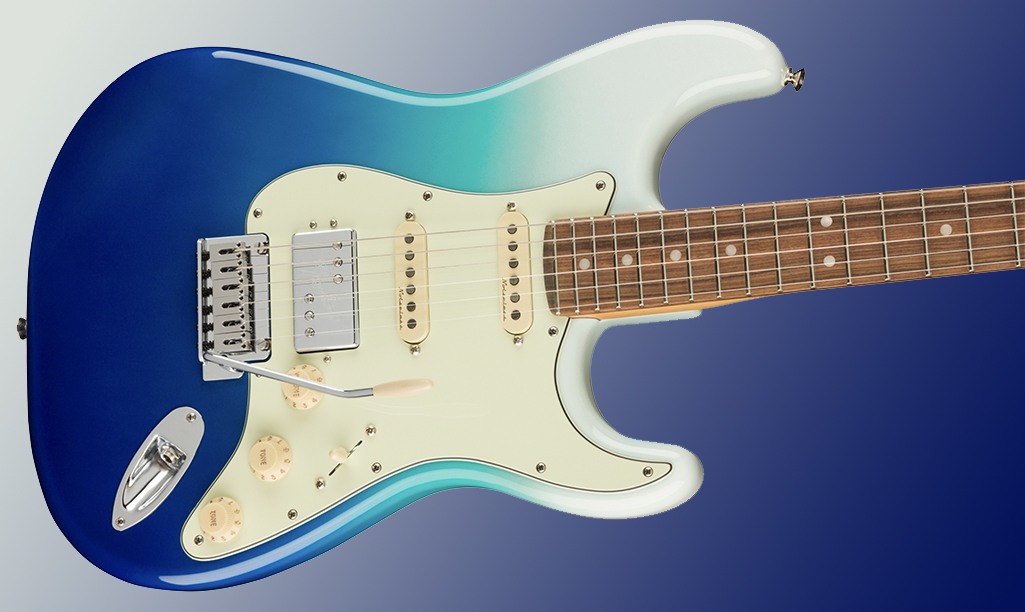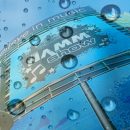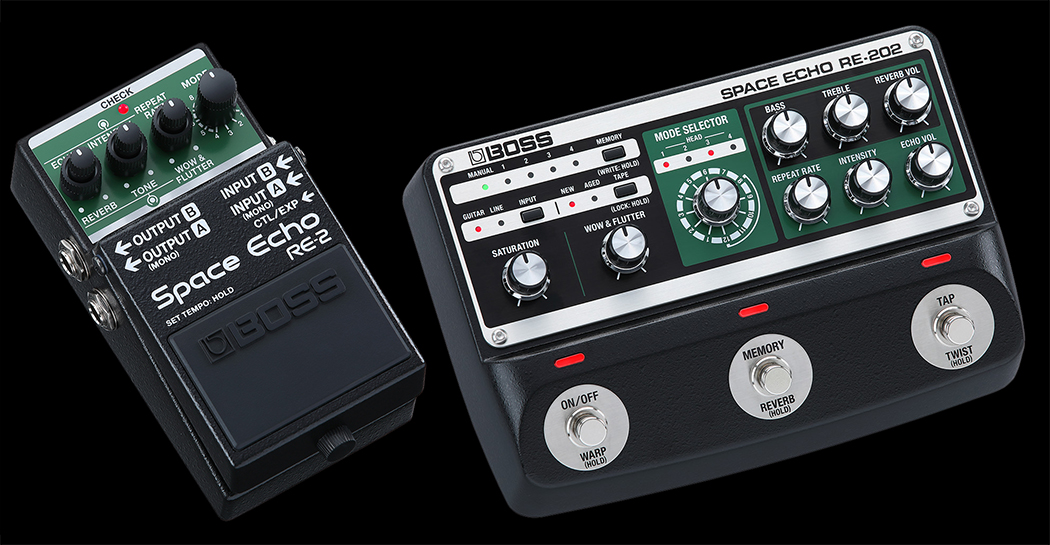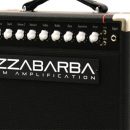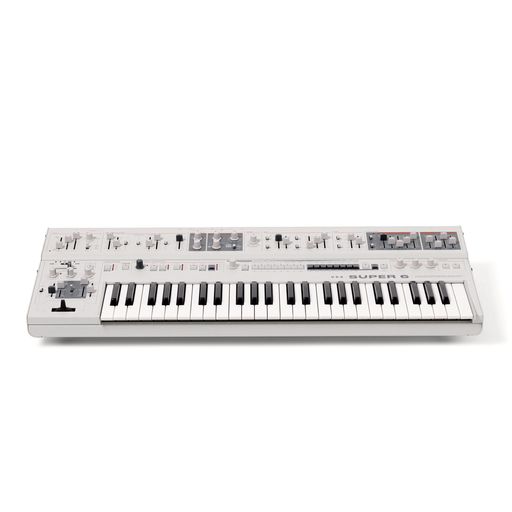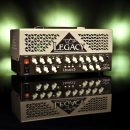 We’ll admit it: we’re fans of KRK near-field monitors. If you read our review of the KRK VXT 8 speakers, you’ll know that we gave them high marks for accurate sound and low ear fatigue. In fact, we now rely upon VXT-series monitors in a few of our studios.
We’ll admit it: we’re fans of KRK near-field monitors. If you read our review of the KRK VXT 8 speakers, you’ll know that we gave them high marks for accurate sound and low ear fatigue. In fact, we now rely upon VXT-series monitors in a few of our studios.
Although we favor the professional VXT line over the less costly Rockit speaker line, we were very excited about the introduction of the Rokit Powered 10-3. These near-field monitors bring three-way sound to the project studio at a price… that project studios can afford! Historically, three-way monitor systems have been so costly that they were only found in professional mixing rooms, and we couldn’t wait to hear what these could do in one of our studios given that they cost less than half of anything remotely comparable.
| Category | Value | Rating |
| Features | 20% | |
| Usability | 25% | |
| Sound | 25% | |
| Documentation & Support | 10% | |
| Price | 20% | |
| OVERALL RATING = 3.6, which earns it a WIHO Award! 3.6 stars or better: Outstanding, WIHO Award 3 stars or better: Worth considering 2 stars or better: Suited to specific needs 1 star or less: Not recommended |
||
The Rokit Powered 10-3 are pretty beefy speakers, designed to give a wide “sweet spot” for listening but at the same time provide an accurate sound that would compare favorably to your near-field monitor. In our testing, the monitors performed very well and definitely provided depth of sound that two-way near-fields (sans sub) can’t provide. The only real challenge was figuring out where to put them. Don’t let the photos fool you — these big boys are not going to fit on top of your mixing desk!
Features
The KRK Rokit10-3 is a three-way speaker featuring a one-inch, neodymium, soft-dome tweeter, a four-inch glass aramid composite cone midrange, and a ten-inch glass aramid composite cone woofer. As is common on KRK speakers, a front-panel KRK Systems logo glows when the 10-3 is powered On.
Rokit 10-3 cabinet dimensions are 21.2 x 12.7 x 14.3 inches and each weighs 46 lbs. Interestingly, they are capable of being placed vertically or horizontally thanks to a rotatable upper-driver assembly featuring both the tweeter and the midrange driver. This assembly can be rotated to keep the tweeter and midrange vertically oriented regardless of how the speaker is placed.
For those who play by the numbers: power is provided by a built-in three-way amplifier with 140W total output: 80W, 30W and 30W for low, mid, and high frequencies, respectively. Crossover points are 350 Hz, 350 Hz to 3.5 kHz, and 3.5 kHz (again, for low, mid and high frequencies). Frequency response is 31 Hz to 20 kHz (+/- 3 dB).
Other features:
- Input Impedance (Ohms): 10 K Ohm balanced
- HF Level Adjust: -2dB, -1dB, 0, +1dB
- LF Level Adjust: -2dB, -1dB, 0, +2dB
- System Volume: (-30dB - +6dB)
- Input Connectors: Unbalanced RCA, Balanced 1/4" TRS, Balanced XLR
- AC Power Input: Selectable 110V-120V / 220V-240V (50Hz - 60Hz) or 100V (50Hz - 60 Hz)
Sporting the familiar KRK look, the cabinets are a charcoal gray with yellow speakers. As these speakers are large, some people may be put off by all that yellow in their studio, but it didn't bother us. The speakers are big though, so make sure you have space behind your mix desk (not on it). We had to invest in a new pair of speaker stands just so we could test these speakers out!
Usability
We used the 10-3s vertically, but for those who wish to use them horizontally, all you need is a screwdriver to rotate the upper assembly containing the tweeter/midrange speaker.
Not to be funny, but all we had to do was plug the speakers into our AC source, and connect them to our DAW to get up and running. That’s about it. However, since these are not near-field monitors, you need to place them appropriately. Placing them, for example, in the same position as your near fields while monitoring a mix will likely place the sweet spot well behind you. KRK lists their rated performance at three to thirteen feet, which should give most users plenty of wiggle room for good placement.

The testing studio where we set these up presently uses KRK’s V6 series 2 near-field monitors, and needless to say, the 10-3s dwarf them in size, so make sure you have enough room for the setup. Further, KRK recommends that the listener’s ears be at the height of the space between the 4" and the 1" drivers.
While setup was easy, a small gripe was the power switch. Given the larger size of these monitors, reaching all the way around to the switch isn’t always easy. We wish the 10-3s had the same feature as our V6 monitors: an auto detect that turns them On when sound is passing through, and turns them Off if no sound is coming in after a short time.
Sound
We tested out the 10-3’s at The Operating Room studio in Scottsdale, Arizona. We first tried out the monitors on a work-in-progress song by upcoming pop/R&B artist, Promise. At first, we were surprised by how muddy our mix sounded, which it wasn’t when played back on our V6 monitors. Concerned, we then tried the 10-3 with commercial mixes of Yes and Seal, which we had used previously as reference mixes. This presented us with great sonic clarity, with clear highs and a much more defined bass than we heard on our smaller monitors. It made us realize that our work-in-progress needed some serious cleaning up. So, these monitors work rather well for giving you sonic clarity, and if your mix is off it will be easy to hear.
Like the other KRK lines, the sound was warm and did not result in hearing fatigue after long listening sessions. Despite a relatively large sweet spot, listening location/speaker placement is still critical to get the best sound. There was definitely a noticeable difference in sound when we purposely walked around the studio and moved in and out of the intended listening zone. This is certainly not unique to the 10-3’s, but something to consider for your own needs in your studio.
Documentation and Product Support
The manual (downloadable in PDF format) does a good job of explaining how to use the 10-3s, including speaker placement, but again... it isn’t all that difficult to plug a speaker in!
Price
The KRK Rokit10-3 (MSRP $999 apiece) sell for $499 apiece, which places them out of reach for many project studios, but makes them a steal if you need a set of mid-field monitors. Most other three-way speaker systems for mid-field monitoring cost at least double the price of the Rokit 10-3, so it’s refreshing to find such good sounding speakers at such a low cost.
Of course, while the speakers themselves sound great, to get the most out of them you will need the right sized room and proper placement — this is not the speaker for a bedroom studio, and most pro studios tend to have their near-field monitors a few feet behind the mixing desk, often times built into the walls of the studio so that their sweet spot hits the mixing area. But if you are looking for more bass clarity, more mid presence, and more volume than what your smaller near-fields can deliver, you should certainly give these a listen.
Contact Information
| Evaluation Short-List |
|

